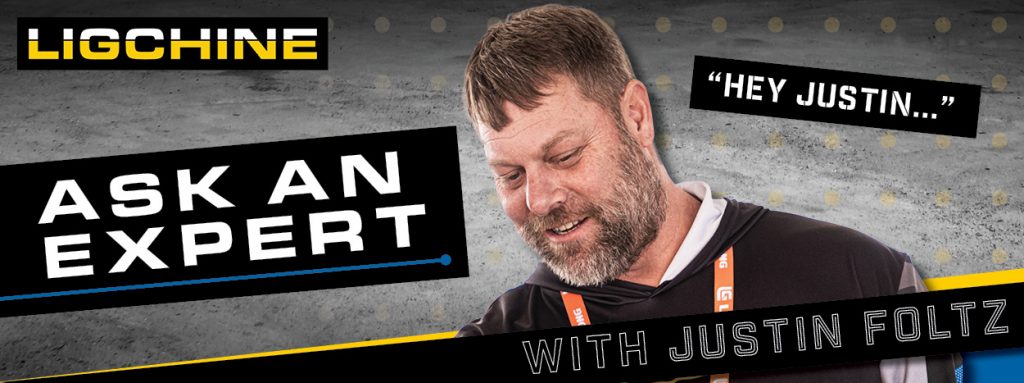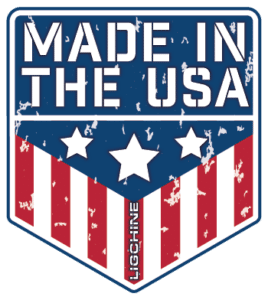Hey Justin…
“Can you give us some tips for a successful pour when using a laser guided screed with chaired reinforcement?”
Justin:
As with any slab-on-grade project, you will want to start with a well-graded and firm subbase to work with. Once reinforcement is laid out on the subbase, driving the screed across the reinforcement will potentially deform the steel if the subbase is not uniform and well compacted. You will also want to pay close attention to where the specifications and drawings require the reinforcement to be located within the slab section. Understanding this will guide your decision to use chairs, bolsters, bricks, or standees to support the specified reinforcement. Failure to properly locate reinforcement per the prints and specifications will impact the long-term performance and serviceability of the concrete slab. If the specifications call for using a vapor barrier in conjunction with reinforcement, special care should be taken when choosing the method for locating reinforcement within the slab section. Vapor barriers will lose effectiveness if punctured or damaged by chaired reinforcement.
When using a laser-guided boom screed, have a plan to chair the reinforcement as you go. Mark the widths of the bays you plan to pour ahead of starting, based on the length of boom travel your laser-guided screed has. Clearly marking this out ahead of time provides a visual line for the workers placing the concrete and those chairing the rebar for the next pass. Every effort should be made to not screed over reinforcement that has not been supported or chaired to the specified height. Good placement practices like following the pre-marked bay widths and not pouring the concrete high, whether using a pump, conveyor, or truck dumping, will provide beneficial results. Attempting to elevate or pick up reinforcement that was screeded over without previously being supported could adversely affect the quality of the floor. It could also decrease FF/FL numbers due to the movement of the finished concrete while still in the plastic state.
-Justin Foltz




